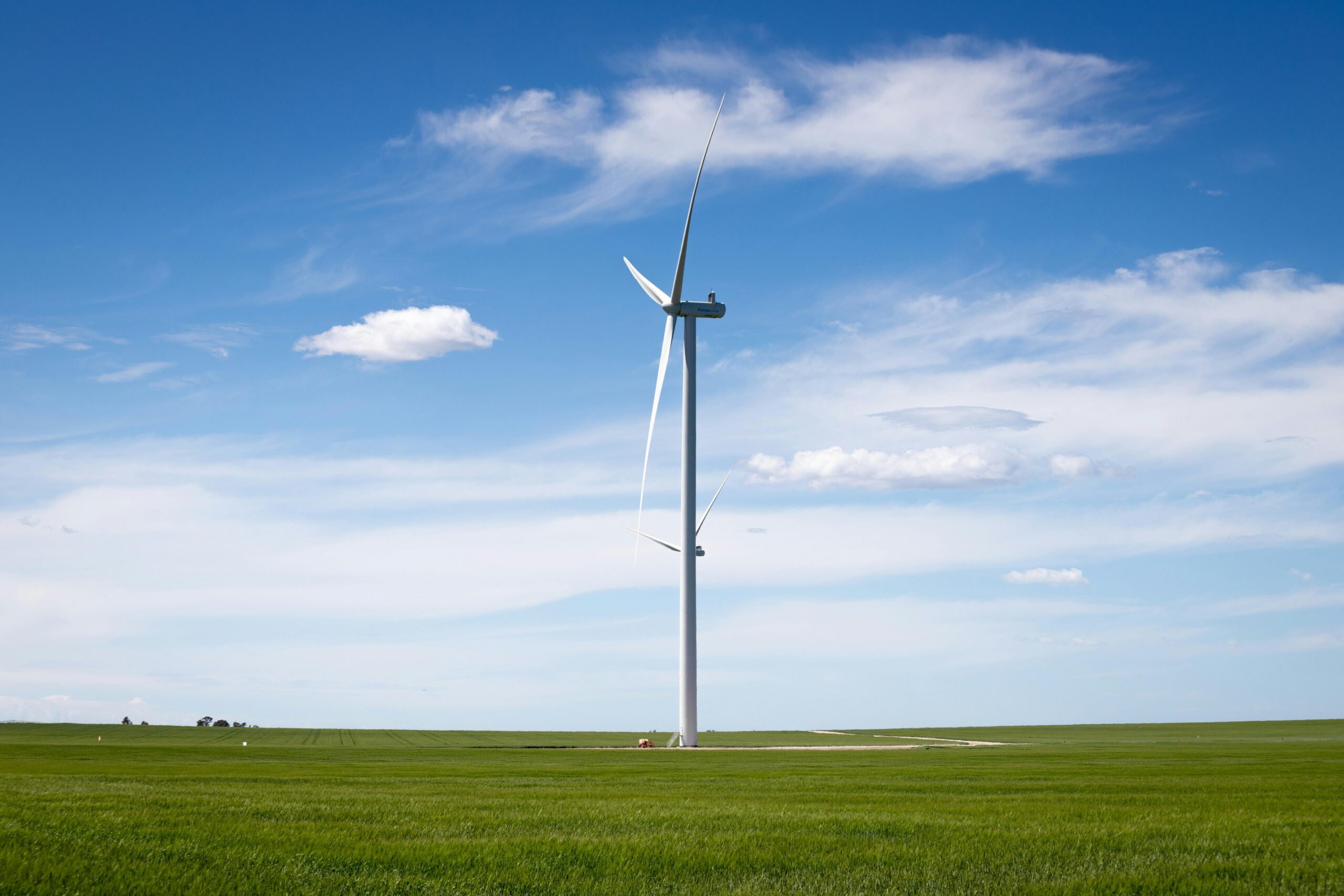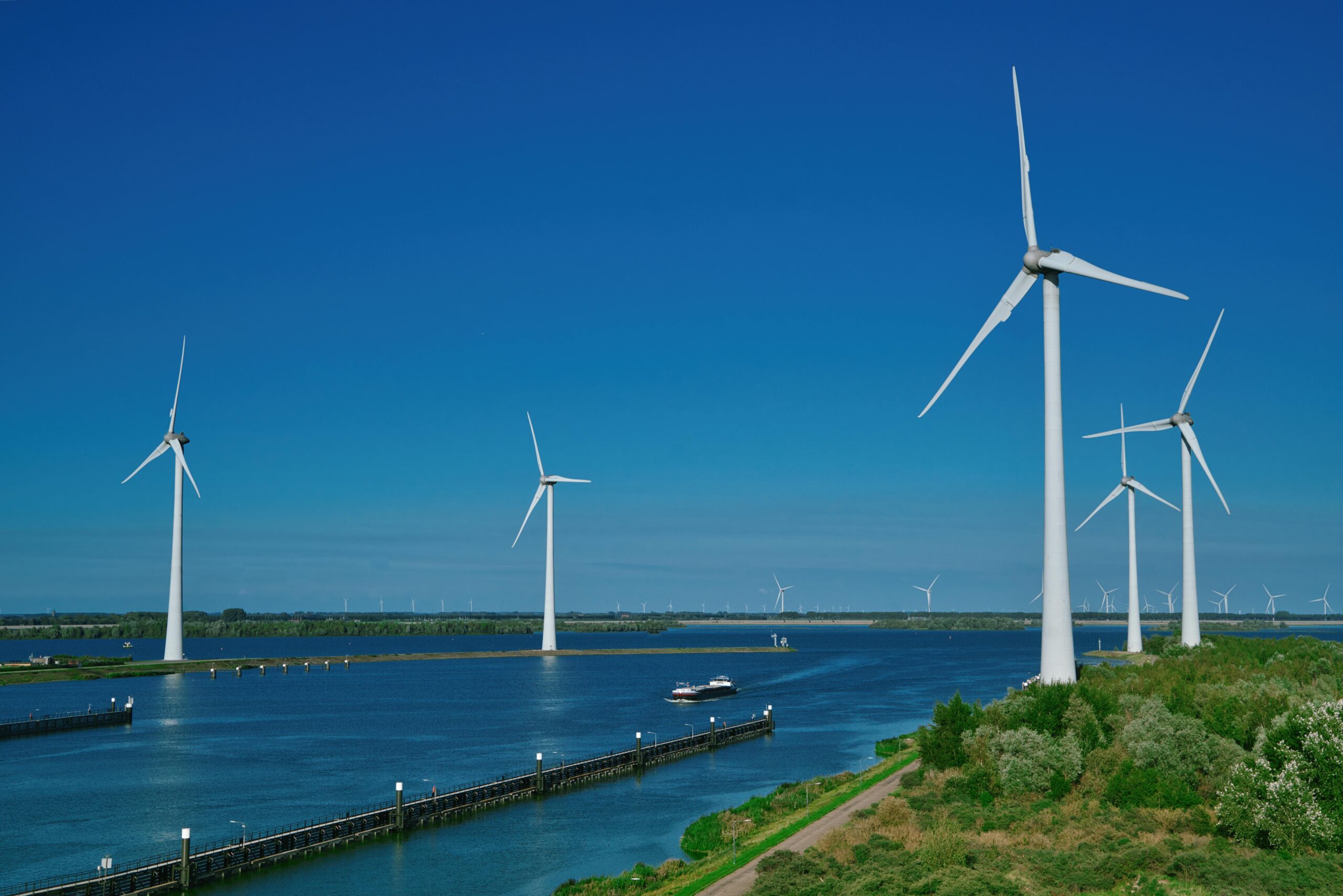At 4,700 meters above sea level on the Tibetan Plateau, the world’s highest-altitude wind farm slices through thin air with turbine blades rotating gracefully at 15 revolutions per minute. Meanwhile, in the stormy waters of the North Sea off Scotland, floating wind turbines sway like steel water lilies, transforming the ocean’s fury into clean electricity. These awe-inspiring scenes mark a silent revolution in the wind energy sector, where innovators are shattering traditional constraints with disruptive technologies, propelling wind power to the forefront of the global energy stage.

I. Structural Revolution: From Steel Giants to Intelligent Spirits
Traditional wind turbines, constrained by material limitations and transportation challenges, have long been confined to heights around 100 meters. Chinese engineers revolutionized this paradigm with modular tower sections, dissecting a 120-meter tower into 28 prefabricated modules. This innovation reduced transport vehicle lengths from 40 meters to 18 meters, unlocking wind energy development in remote mountainous regions. An even bolder breakthrough—cable-stayed hybrid towers—combines steel cables and concrete in Jiangsu’s Rudong region, achieving a record-breaking 180-meter tower height and boosting energy capture efficiency by 35%.
Floating foundation technology has pushed boundaries further. Norway’s Equinor developed a “mooring chain + vertical tension leg” system that stabilizes turbines in waves up to 80 meters high. This radical design liberates offshore wind farms from depth restrictions, as demonstrated by the UK’s Hywind project, which operates commercially in 200-meter-deep waters. While fixed foundations still grapple with 50-meter depths, floating turbines have expanded humanity’s wind energy reach into the open ocean.
II. Material Evolution: A Symphony of Lightweighting and Intelligence
Carbon fiber composites are rewriting the rules of blade manufacturing. GE’s 107-meter blades, featuring carbon fiber spars, weigh 40% less than traditional fiberglass while increasing stiffness by 20%. This material revolution has propelled single-turbine capacity past 15 MW—enough to power 3,000 households per rotation. Even more remarkable is 3D weaving technology, which interlaces carbon and glass fibers into three-dimensional structures. Tests in Guangdong’s Yangjiang region showed this innovation triples blade fatigue life.
Smart materials are granting turbines self-awareness. A CAS (Chinese Academy of Sciences) team developed shape-memory alloy coatings that adjust blade curvature in real time based on wind speed. When facing a Category 14 typhoon, the blade edges curl into protective arcs, raising survival wind speeds from 42 m/s to 60 m/s. This biomimetic design mimics desert beetles’ environmental adaptability, equipping turbines to thrive in extreme conditions.

III. System Reengineering: From Lone Warriors to Smart Grids
Digital twin technology is transforming wind farm maintenance. At Xinjiang’s Dabancheng Wind Farm, a digital mirror system with 100,000 sensors replicates turbine conditions in real time, predicting failures 42 hours in advance with 91% accuracy. In Germany’s North Sea, AI algorithms analyzed two decades of operational data to autonomously optimize yaw angles and blade pitch speeds, unexpectedly boosting annual output by 7.3%.
Hybrid energy storage systems are solving wind power’s intermittency curse. Hebei’s Zhangbei Demonstration Project combines supercapacitors and lithium batteries, achieving millisecond-level response times that smooth 90% of power fluctuations. More visionary still are hydrogen conversion systems in Scotland’s Orkney Islands, where excess wind energy is stored as green hydrogen at 74% efficiency—providing zero-carbon solutions for industries and transportation.
In this quiet revolution, innovators are redefining wind energy’s limits. From the Tibetan Plateau to the North Sea abyss, from carbon fiber blades to digital twins, each breakthrough rewires the fundamental logic of energy production. As fourth-generation vanadium redox flow batteries integrate directly with turbines, and AI orchestrates scattered wind farms into virtual power plants, humanity witnesses the dawn of a new era—a clean energy future forged by rotating steel petals. Though the revolution continues, one truth is clear: wind power is no longer an alternative energy option. It is evolving into the central nervous system of a smarter, greener global energy network.

No responses yet